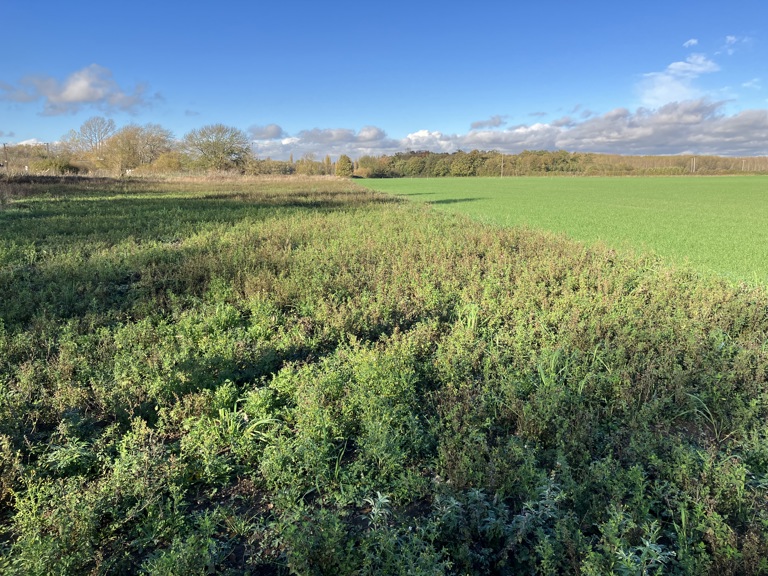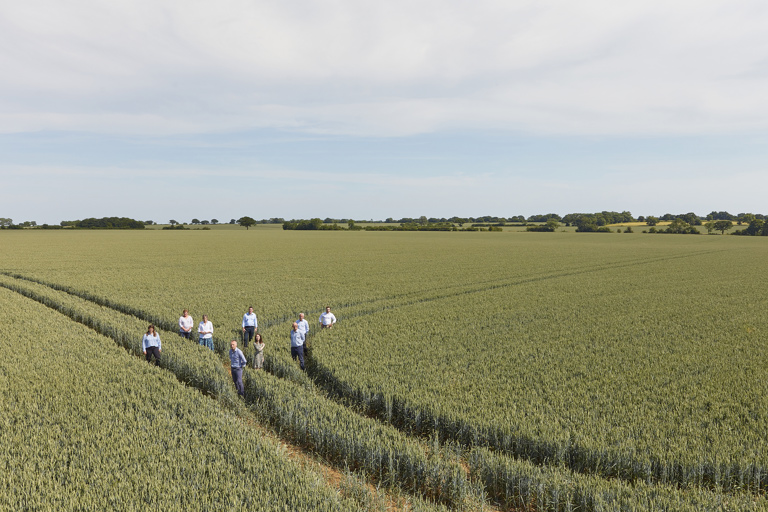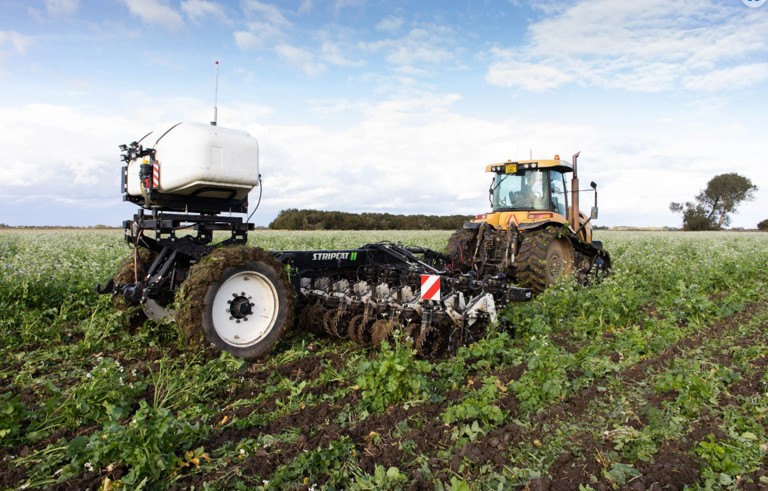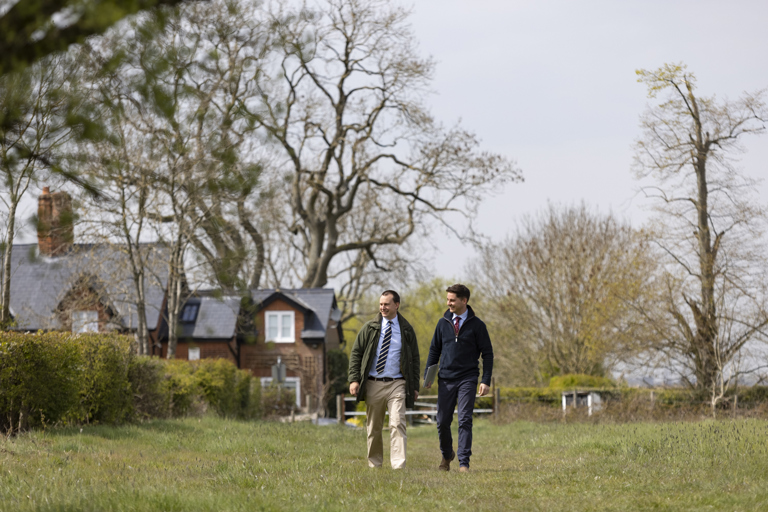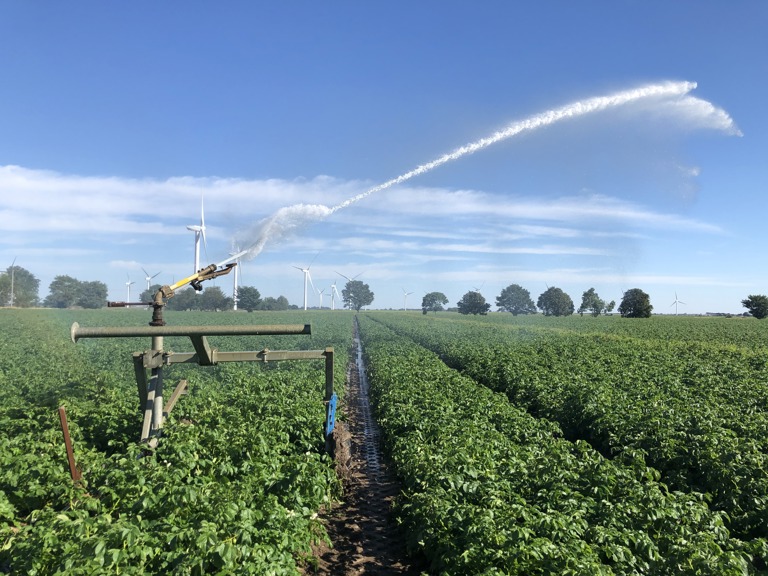Rural Property Index Overview
Rural property is often held by institutional investors to diversify a wider portfolio. It has typically been seen as a haven during times of economic uncertainty and so, with the prospect of a year-long recession looming over the UK, rural property has its part to play for investors.
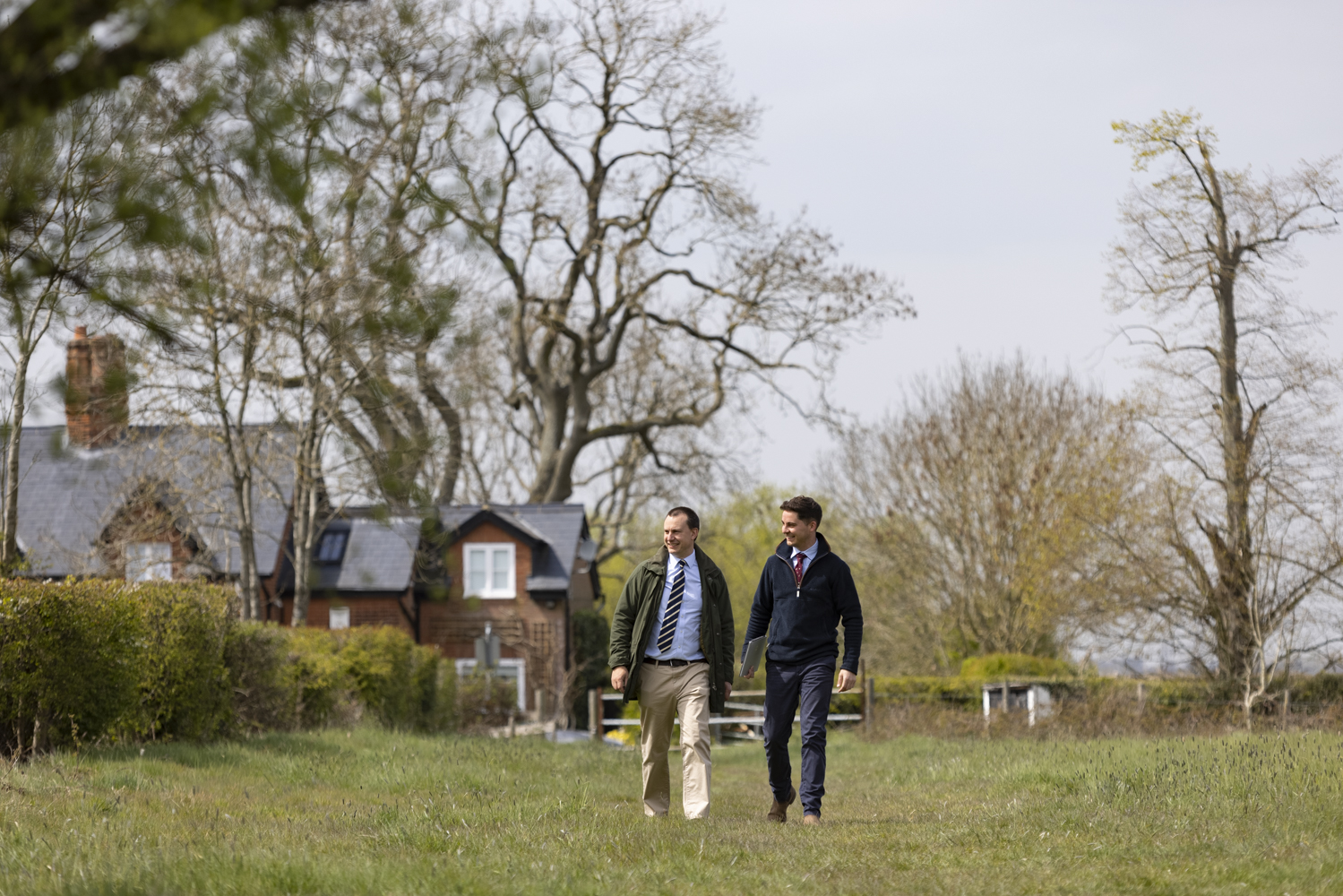
An advantage of rural property is that it offers investors opportunities to take advantage of significant, one-off, and often uncorrelated increases in capital value arising from events such as the allocation for, or grant of, planning permission for a higher value use, or the reversion of a secure Agricultural Holdings Act tenancy. Consequently, whilst rural assets generally produce a lower income return than other commercial assets, it is capital growth that is the main driver of total return. This can clearly be seen from the chart.
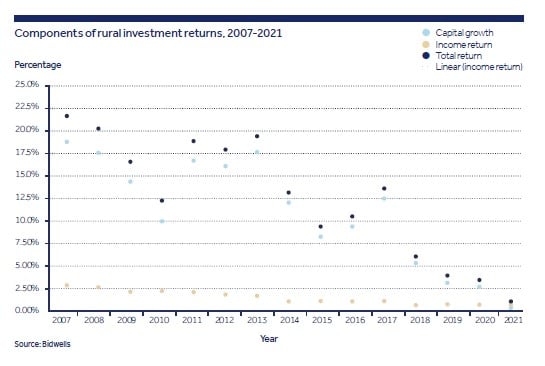
Looking at the longer-term picture, which is more appropriate than a year by-year view, Bidwells’ managed rural portfolios have delivered five-year annualised total return of 5.62%, and a 10-year annualised total return of 9.81%.
Active management of portfolios is vital to secure such significant uplifts in value, particularly through early identification and promotion of sites with potential for residential or commercial uses.
The rural property sector does face challenges. Notably, the phased withdrawal of Basic Payment Scheme (BPS) subsidies and introduction of the new Environmental Land Management Scheme (ELMS) has put some downward pressure on agricultural rents in some instances and locations. BPS, for some, represents a significant proportion of revenue and so alternative sources of income to offset the loss are increasingly vital. However, in the short-term at least, reducing BPS income has been countered by increases to commodity prices.
5.62 %
Five-year annualised total return of
9.81 %
10-Year annualised total return of
There are also risks to rural property landlords in the form of the increasing legislative burden (including the Minimum Energy Efficiency Standards requirements), the reform of agricultural tenancy legislation, and possible future tax reform.
Despite the challenges, there are meaningful reasons to be optimistic about the future of the rural property markets. Following a period of stagnation and in some areas, decline, following the UK’s departure from the EU, increases to agricultural land values over the past year have produced a more positive picture. Land with potential for non-agricultural uses, or with longer-term strategic potential, will continue to command a premium value.
In addition, environmental and natural capital markets present ever increasing chances for landlords to derive higher returns, particularly from those outlying blocks of land, which otherwise benefit from little-to-no long-term potential for traditional alternative uses. Furthermore, renewable energy projects (particularly solar, battery storage, and EV charging) are worthy of exploration, with the key determining factors being availability of a suitable grid connection and appropriate planning policy. The continued opportunities presented through residential and commercial development sites remain vital to rural property investors.
Get in touch
Read more from Rural Outlook 2023-

Is your land suitable for Industrial and Logistics Development?
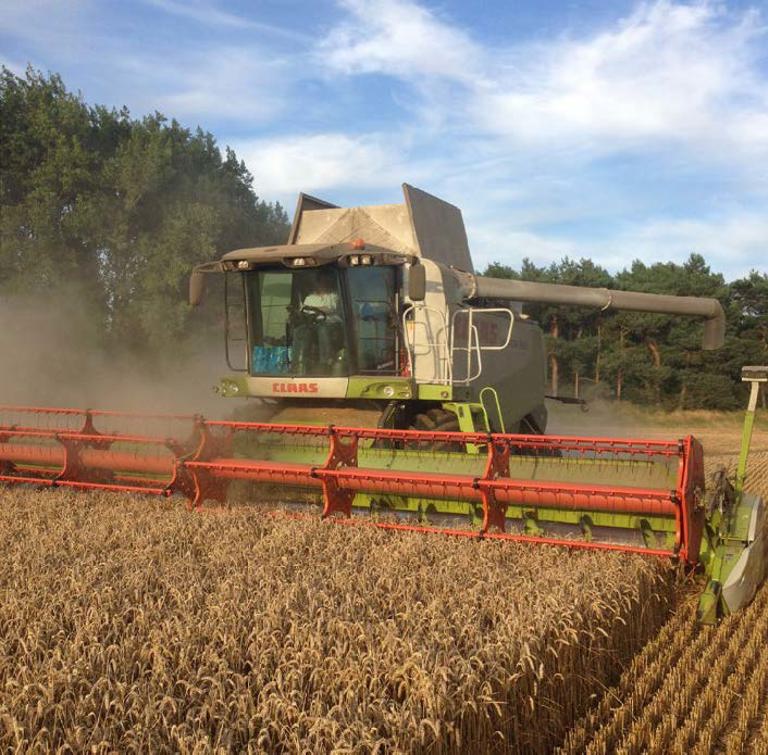
Detail on environmental land management scheme (elms) revealed at last

Consider joining the Landowner-Led Legacy Development
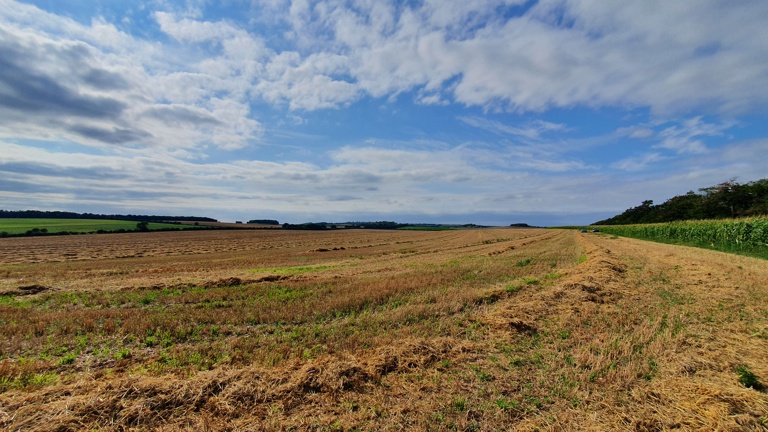
Natural Capital projects – the landowners perspective
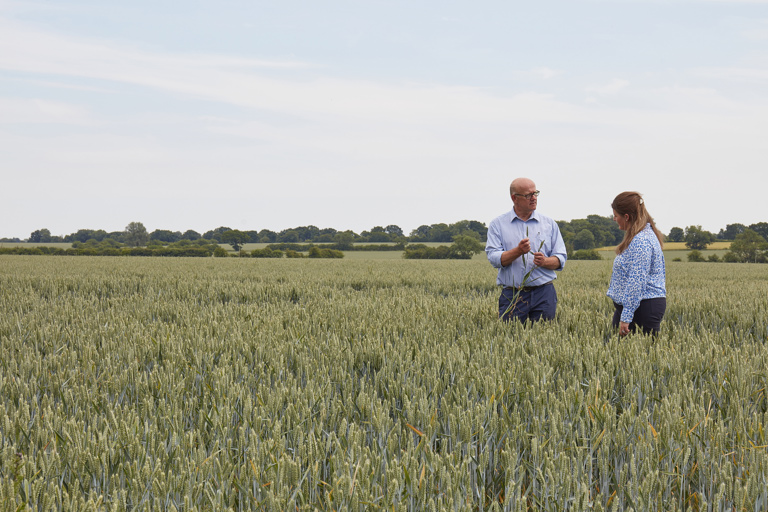
Breaking free from the input-output price dilemma: a guide for arable farmers
